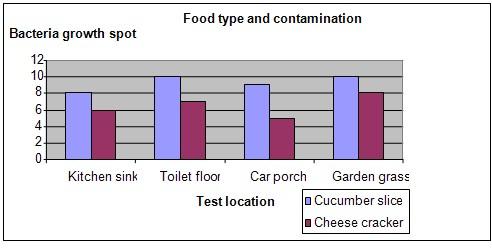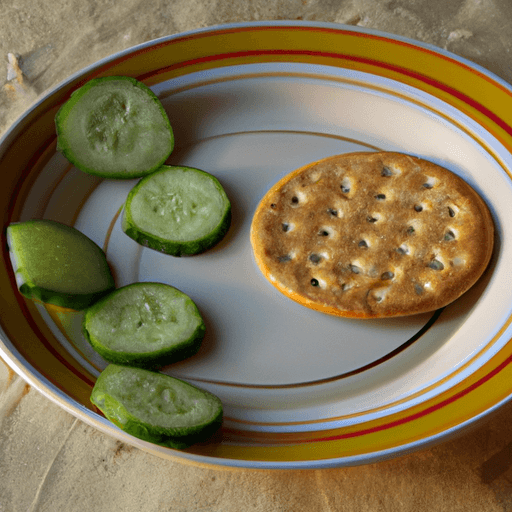Hypothesis
The slice of cucumber will be most prone to germ contamination.
Overview
Germs
Germs consist of various types of microscopic organisms such as bacteria, virus, protozoa and fungi. Although germs exist everywhere around us, they can only survive for a few hours or days on a surface. These germs will be transferred to our hands and bodies when we touch or come in contact with these surfaces.
Bacteria survive by obtaining nutrients that they need from their surrounding environment. Some bacteria are beneficial to humans, as they help us digest our food and protect us from other harmful germs. However, bacteria such as pathogens are harmful to us and will cause diseases. Vaccines are medicines that act against bacteria and enhance our immune system.
Viruses are another component of germs, and are dependent on a host to survive. In the absence of a host, viruses can only live for a short period of time. However, once they encounter a suitable host, they will enter the cells of the host and replicate inside the host cells. This process leads to illnesses, such as the common cold and aids, in their host.
Two other types of germs are protozoa and fungi. The former is a single-celled microorganism that exists in humid conditions and infects others through contaminated water, whereas the latter is a multi-celled organism and is quite harmless, unless the person in contact with it has a weak immune system.
Scientific Terms
Germs, microscopic organisms, bacteria, fungi, virus, protozoa, vaccines, immunity
Conclusion
The experimental data and analyzed results support the hypothesis that cucumbers (wet food) are more prone to contamination by germs.
It is important to maintain our personal hygiene and the cleanliness of our environment at all times in order to protect ourselves from harmful germs. We must always practice good habits such as washing our hands before touching food, and bathing everyday to minimize contact with germs and to lead a healthy life.
Also consider
This science fair project can be repeated in other locations such as the school, parks etc.
Try to repeat the experiment using other types of food such as jelly, apples and candies.
References
What are germs? - http://kidshealth.org/parent/general/sick/germs.html#
Germs, they are everywhere - http://www.webmd.com/parenting/news/20040623/germs-theyre-everywhere
Related videos
Hey there! Here are some awesome videos about this science project that we think you'll really like. They're not only super fun, but they'll also help you learn more about the science behind the project. So sit back, relax, and get ready to have some fun!!



